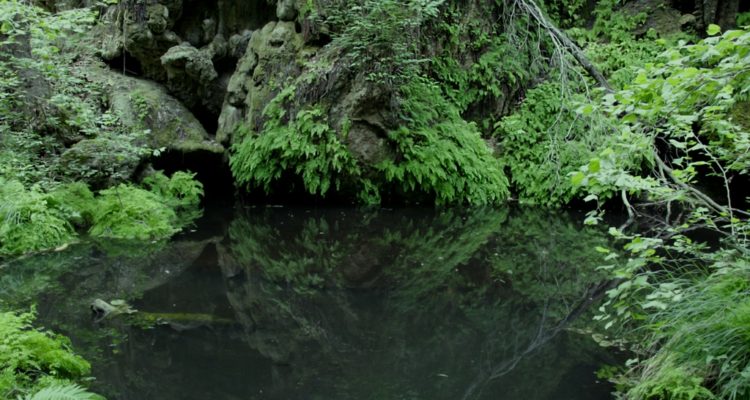When the book The Lost City of Z came out in 2009, I read it with zeal. I’ve always had a taste for stories of high adventure and exploration—man versus nature and himself. So when I saw that David Grann’s historical nonfiction tale had come to the cinema, I bought a ticket. Watching Englishman Percy Fawcett’s dogged efforts to prove that native groups had founded an ancient city in the Amazon—the fabled City of Z—was worth the price of admission.
The movie opens in the Irish countryside in the year 1906. We meet Major Percy Fawcett, a skilled and successful soldier, who can’t advance in rank or stature due to an “unfortunate choice of ancestors.” Stymied by the sins of his father, he fears being stuck in orbit forever. That is, until the Royal Geographic Society offers him a high-stakes challenge: map the nearly unnavigable jungle between Bolivia and Brazil. It could cost his life, but if he manages, he will finally be rewarded in a society notorious for its lack of social mobility.
For a proud and ambitious man such as Fawcett, there is no choice. So he leaves his beloved wife and young son behind, knowing he’ll be in the jungle for years, at minimum. And this is where director James Gray’s character-like setting—the Amazonian forest—comes alive. The hardship Fawcett and his team endure is depicted through the constant buzz of mosquitos, unyielding downpours, and struggle to find food. Despite the comfort of my air-conditioned seat, I felt like I was part of the journey.
Fawcett witnesses the cruelty of slavery while in the New World. In this section of the Americas, it’s inflicted on the indigenous population. Nevertheless Fawcett uses a former slave as a guide to help him successfully map the region. Before he runs off, the slave tells him about a city of gold never before seen by white man that’s been forgotten by time. Though other Englishmen dismiss the notion that Native Americans could be capable of such a feat, Fawcett comes to believe it, having seen the ingenuity of the tribes and having found some archaeological evidence.
Eventually, Fawcett returns to a hero’s welcome in England, where he finds his family has grown and his son has forgotten him. As he struggles to reintegrate, he becomes obsessed with discovering this golden city, which he terms Z. As he forsakes his family time and again—first for another trip to the jungle, then to the frontlines during World War I—one wonders whether proving his countrymen wrong about the abilities of indigenous Americans isn’t a proxy for asserting his own worth. Where does ambition end and obsession begin?
Actor Charlie Hunnam’s Fawcett stands out as pitch-perfect for the silver screen. The book’s portrayal of Fawcett grated on me at times. I wanted to shout at him to give it up already. Quit destroying his family. The real-life Fawcett was utterly unyielding. Hunnam’s Fawcett has a literal and metaphorical twinkle in his eye that turns his single-mindedness into tenacity and morphs his manic interest in Z into passion. Sometimes a literal translation from book to movie doesn’t work, and I think these characterization tweaks were well-chosen.
The Lost City of Z is a movie for grownups. Finally, there’s a quest without CGI. Exploit that doesn’t cater only to fanboys. The portrait of a person—flawed and fantastic, both—set against an impossible undertaking, bigger than life yet true to life. If you’re craving an internally coherent, worthwhile movie complete with good acting, minus the gimmicks, you should go see The Lost City of Z while it’s still in theaters.
Q: What did you think of the movie and/or book, The Lost City of Z?
David Grann can be found at //www.davidgrann.com/


